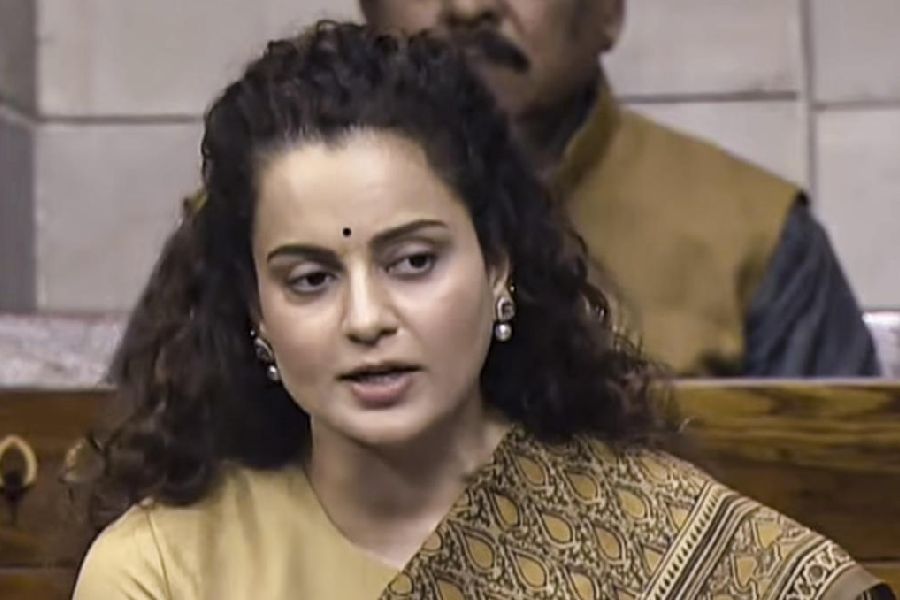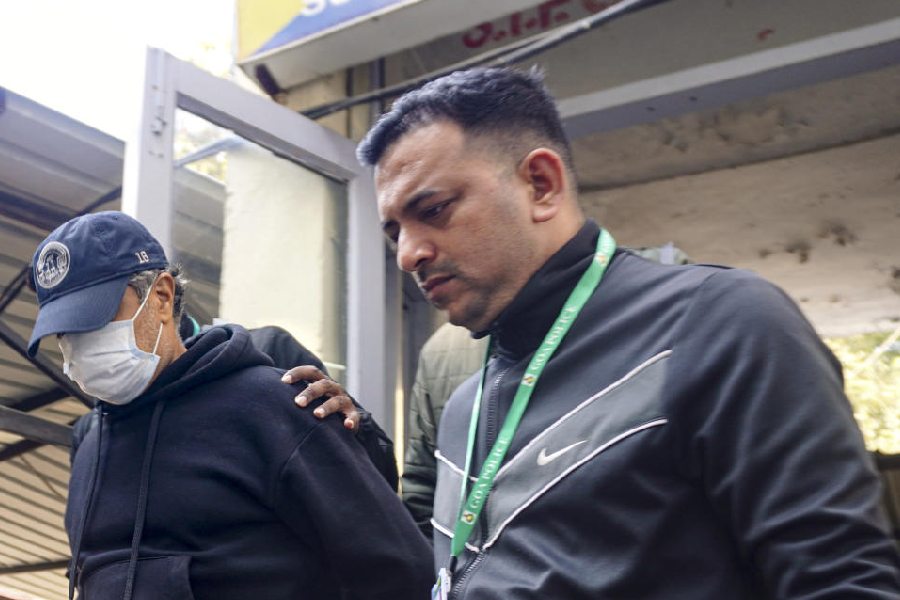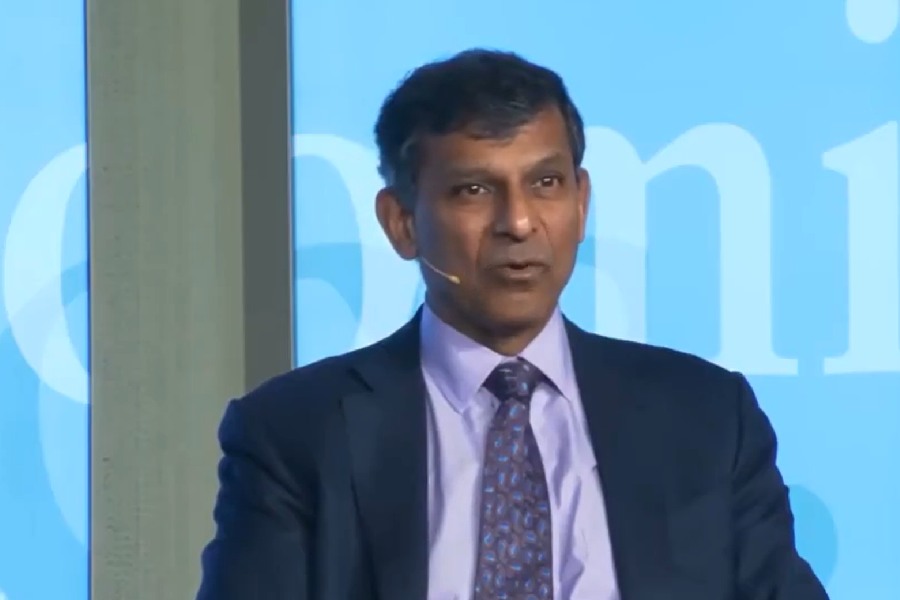India’s first tuberculosis survey in nearly 60 years, India TB Report 2022, has arrived at an alarming conclusion — the prevalence rate of TB in the country is 312 cases per 100,000 people. Although the numbers have reduced marginally from 320 in 2015 to the current figure between 2019-2020, it is still far higher than the target set by the 2017 National Strategic Plan for TB Elimination: 170 by 2020, 90 by 2023, and 65 by 2025. But even these worrying figures do not reveal the entire picture. The report acknowledged that for every notified case of consumption, the actual prevalent number of cases stands at 2.84. Delhi recorded the highest instance of microbially confirmed pulmonary TB among those aged 15 years and above — 316 per lakh people — while Kerala had the lowest number of cases at 115. West Bengal, Maharashtra and Gujarat were the only other states that recorded a TB prevalence below 170.
Health experts are of the opinion that the shortage of funds, poor public awareness, delay in diagnosis and initiation of treatment are some of the primary reasons for the slow progress in the reduction of TB. Since 2017-18, the annual funds sought by the TB control programme from the Centre has been lower than the estimated finances needed to implement the plan. The actual funds received by the programme were even lesser. Lack of awareness and access to affordable healthcare services are equally formidable challenges — 64 per cent of patients ignored the symptoms, 18 per cent failed to realize the significance of the symptoms, 12 per cent attempted self-treatment while 2 per cent could not afford to seek healthcare. Although both men and women suffer from this deadly disease, social stigma leads to women bearing a disproportionate burden of the disease. Consumption accounts for nearly 5 per cent of fatalities in women aged 30-69 but since it is severely underreported, the actual numbers are difficult to gauge. There needs to be a multi-pronged approach to removing the barriers to equitable TB care. State-specific strategic plans — 18 states have already committed to this — occupational screening, nutritional interventions for the malnourished and a gender-responsive approach to TB would be crucial in addressing the gaps. The Centre must increase funds and scale-up awareness programmes to reduce the stigma around TB. Policy mechanisms need to be responsive to the ground realities for a successful implementation of TB reduction strategies.










